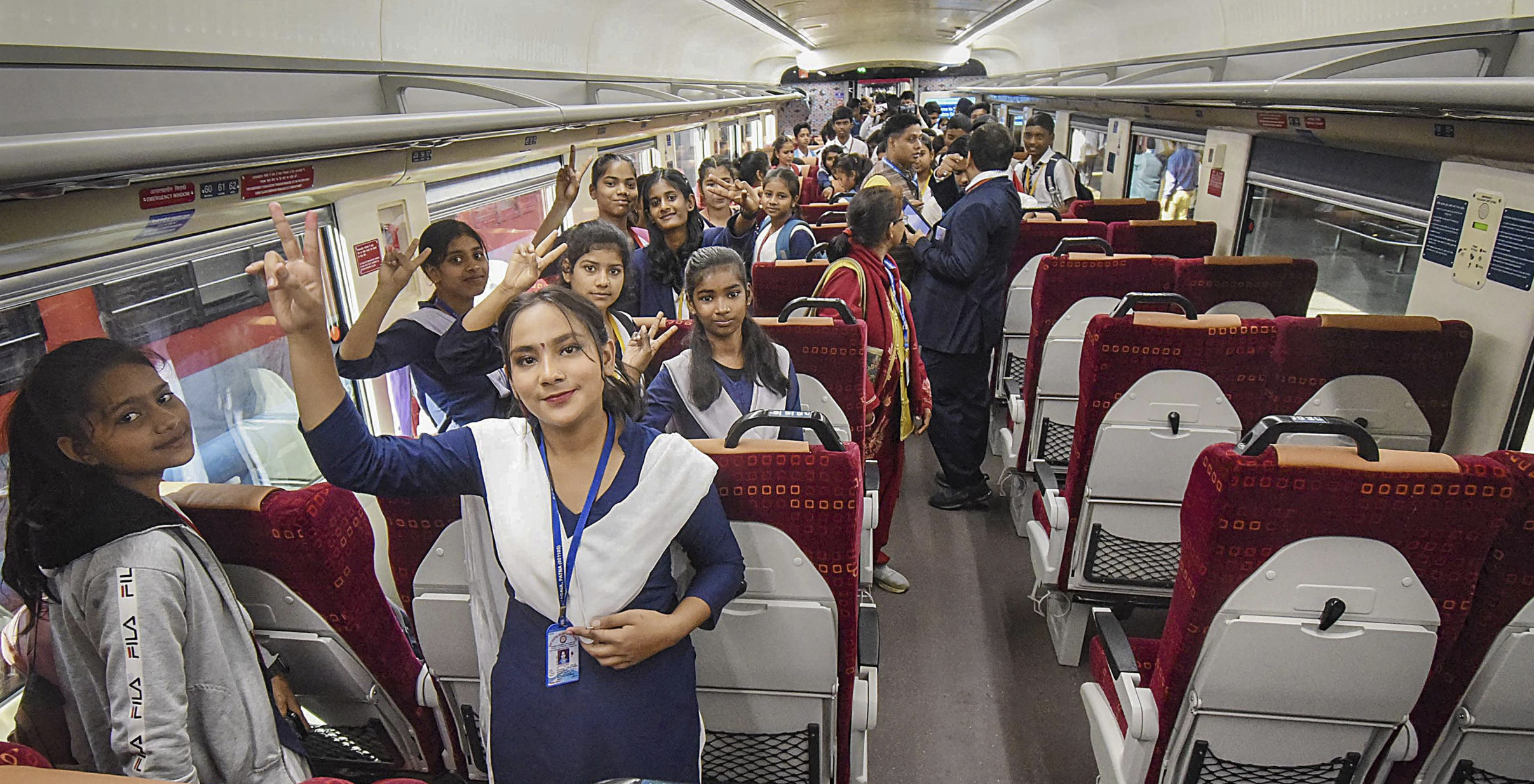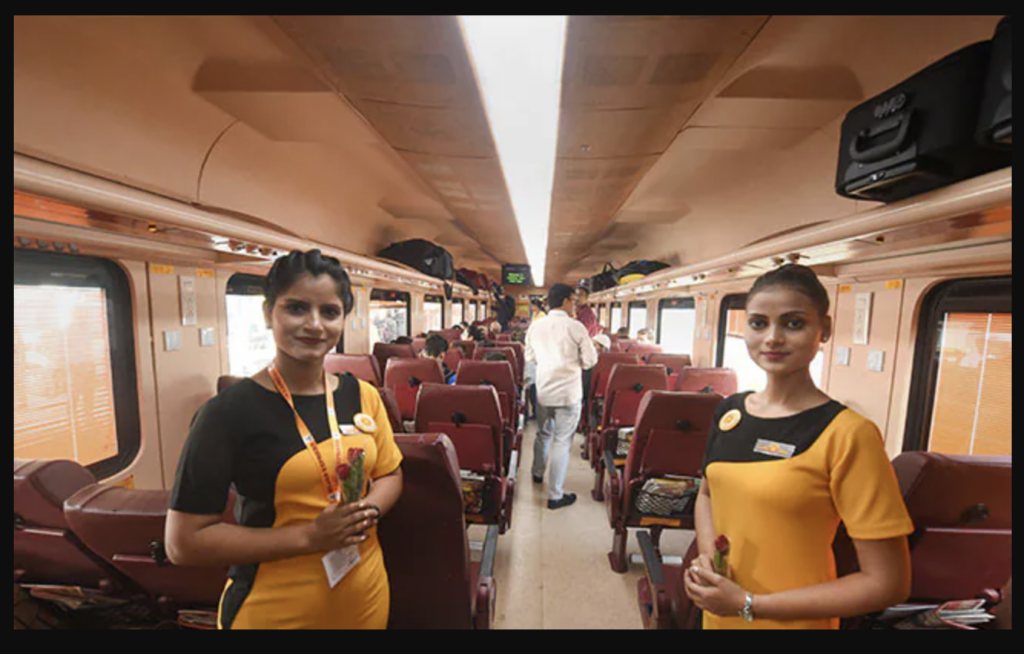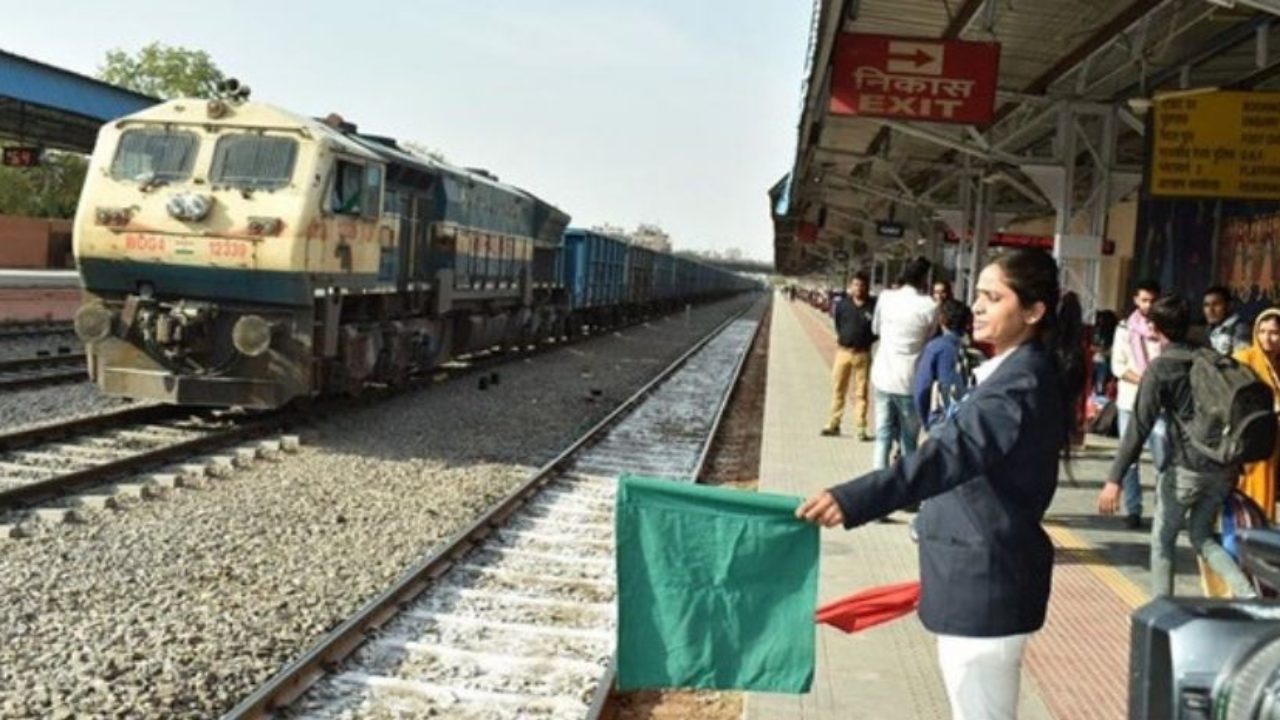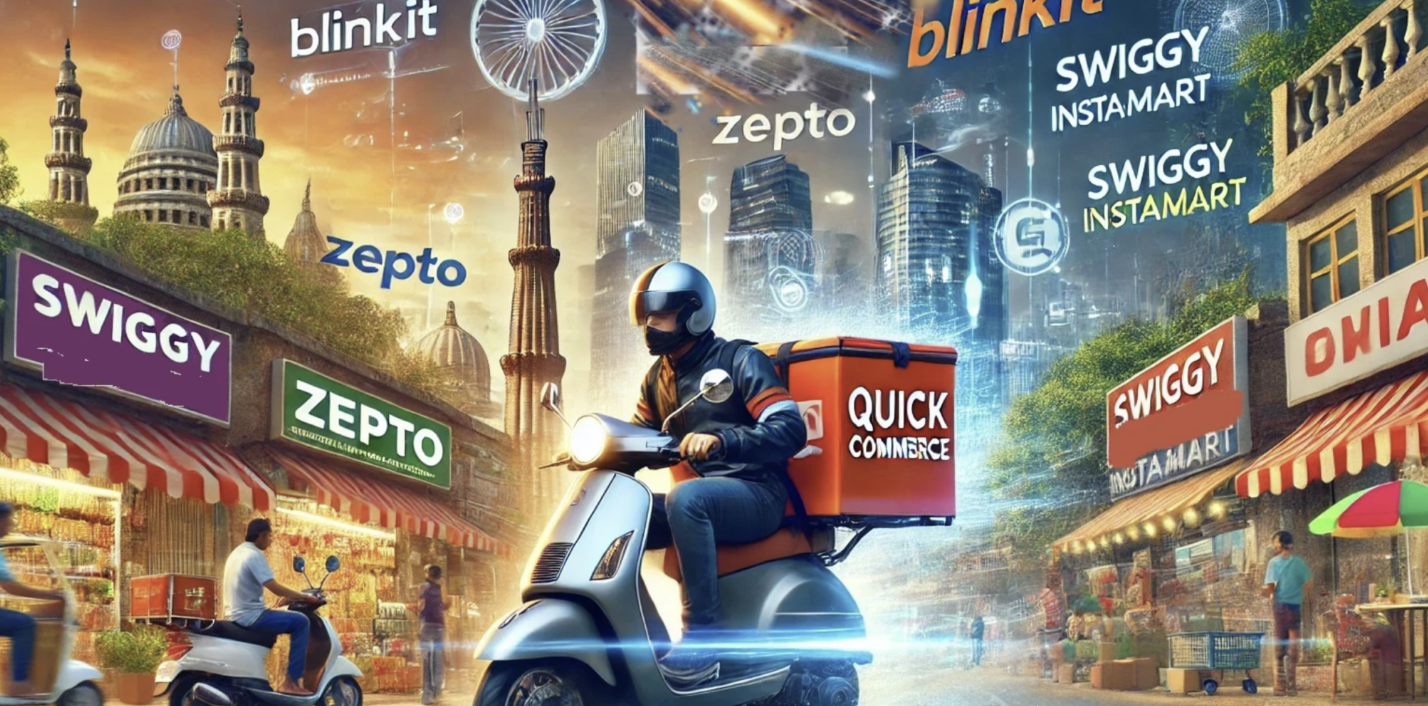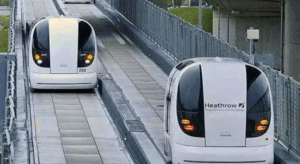Uber Auto has officially transitioned to a cash-only model for commuters in India. The move is seen as a response to the increasing adoption of subscription-based models by ride-hailing platforms such as Rapido. By eliminating commission-based payments and direct fare processing, Uber aims to maintain its competitive edge in the evolving market.
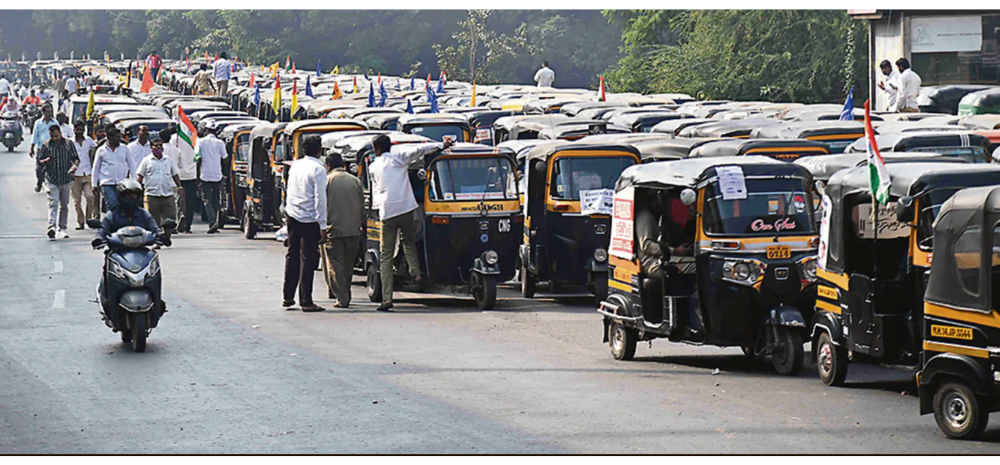
Adapting to Subscription-Based Industry Trends
An Uber spokesperson stated that the industry shift towards a subscription-based model for drivers has influenced their decision. Platforms like Rapido charge auto drivers around ₹19 per day to access bookings, allowing them to keep the entire fare from each ride. By adopting a cash-only approach, Uber ensures that its driver partners operate under a similar system without financial disadvantages.
Flexible Fares and Direct Payments to Drivers
As per Uber’s updated terms and conditions, the fares displayed in the app are only suggestions. Riders and drivers can mutually agree on a different fare before starting the trip. Additionally, Uber Auto drivers will receive all payments directly from passengers, as the company will not charge commissions or track transactions.
Uber also clarified that it only functions as a technology platform connecting riders with independent driver partners and does not provide transportation services itself. As a result, Uber balances or in-app credits cannot be used to pay for auto rides.
Uber Yet to Reveal Subscription Charges for Auto Drivers
Despite shifting to this new model, Uber has not disclosed whether it will introduce a subscription fee for auto drivers using its platform. Competing services like Rapido and Ola have already implemented subscription-based structures, where drivers pay a daily or weekly fee to access ride requests without commission deductions.
Industry Implications and Commuter Reactions
The shift to a cash-only model could have mixed implications. For drivers, it eliminates commission charges, allowing them to take home full earnings. However, commuters may experience inconsistencies in fares as the pricing is no longer fixed. The change also removes the convenience of cashless transactions, which many riders found beneficial.
As Uber navigates this transition, the ride-hailing industry in India continues to evolve, with digital payments and subscription-based models shaping the future of urban mobility.
